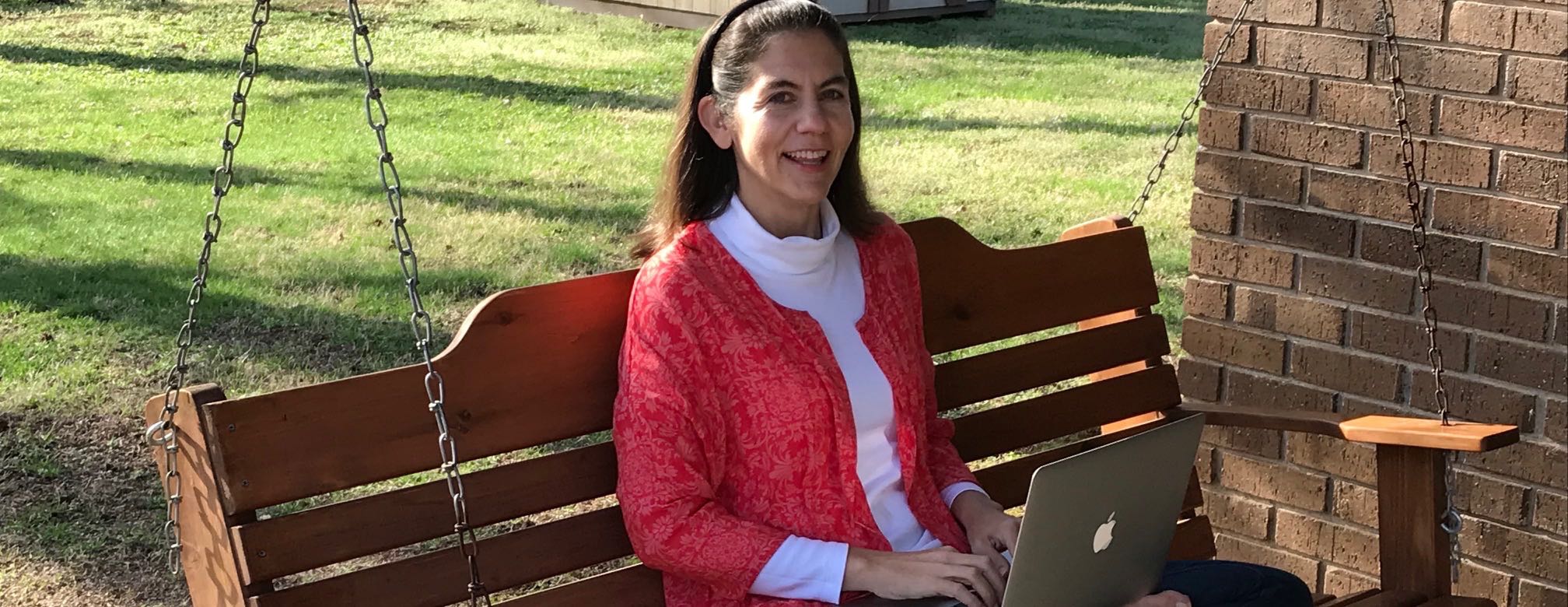
Credit: www.pixabay.com
If you’re new to Yoga, it may be daunting to go to a studio. You’re trying to walk the walk and talk the talk, there in the back row, hoping that no one notices you’ve absolutely no idea what’s going on.
Yoga is not something that has a beginning and an end when it comes to learning the practice. Once you start your Yoga journey, it will hopefully be a life long journey of growth on various levels, not just the physical level.
Here are a few terms to get you started:
Yoga comes from the Sanskrit word, Yuj, which means, to Yoke. Likewise, the practice of Yoga yokes together the mind, body and spirit. We associate the word with the physical practice, but there are actually eight limbs of Yoga, such as Pranayama and Meditation, to help a person achieve liberation.
Asana is the Sanskrit word for Pose or Posture. I think of it as a suffix for the various poses we do in Yoga. Your teacher will most likely give the Sanskrit term as well as the term in the language the class is being taught in. For example:
Tada + asana = Tadasana or Mountain Pose
Trikon + asana = Trikonasana or Triangle Pose
Dhanu + asana = Dhanurasana or Bow Pose
Namaste is a Sanskrit word which means ‘the divine in me bows to the divine in you.’ This phrase is often offered at the end of a Yoga class. It is considered a greeting or salutation and the person normally gives a slight bow with the palms together in front of the heart. This ancient word is still used in India.
Pranayama is the practice of controlling the breath. In a Yoga class, the teacher will often instruct the students on a Pranayama technique at the beginning or end of a class. The word ‘Prana’ means ‘vital life force’ and ‘Ayama’ can be roughly translated as ‘expansion,’ so think of it as expanding your life force through breath work. The various Pranayama or breathing techniques offered in Yoga can help lower blood pressure, calm the mind, reduce anxiety and activate the parasympathetic nervous system.
Aum/Om is a chant that is repeated at the beginning and end of your class. Hands at the heart, eyes closed, the students often chant Aum three times at the beginning of class to calm the mind and focus intent. At the end of class, Aum is chanted at least once to seal or finish off the practice. Aum is the eternal vibration of the universe.
Shavasana is a Sanskrit word that means Corpse Pose. At the end of a Yoga class, this is the final pose you will take. You lay on your back, hands by your side, close your eyes, and allow the body to rest and absorb the benefits of the practice you just finished. The body is to be completely relaxed and all muscle tension released. It’s as if your body is melting into the earth. Many believe this is the most important pose in a class. Your Yoga teacher will most likely offer you a blanket and perhaps an eye pillow to get comfortable for this mindful nap. Shavasana normally lasts from 5 to 10 minutes.
Still feeling jittery about walking into a Yoga class? Feel free to contact me if you’d like a few one-on-one classes to get comfortable with the beginnings of Yoga, the postures, the lingo, the breath and much more.
